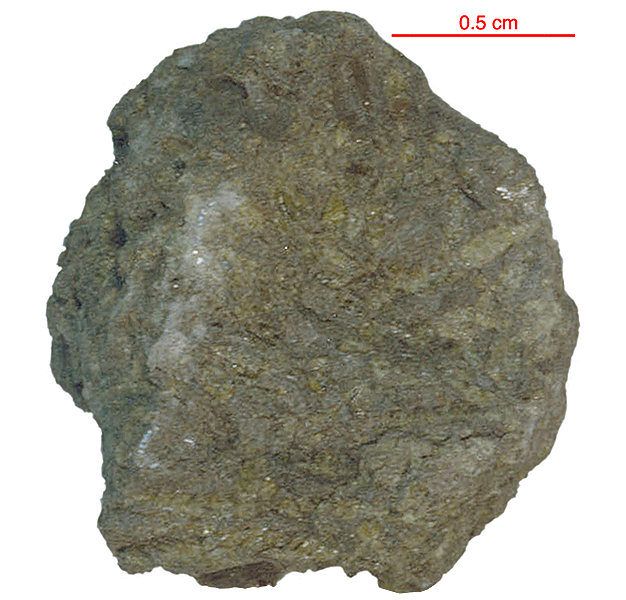
Fact sheet
15666 was collected as part of the large rake sample. Pigeonite phenocrysts dominate the mineral assemblage. They are euhedral, elongate and chemically zoned, with distinct boundaries (see rotations 1 and 2). Vesicles, ilmenite, metallic iron and tiny troilite grains are also present. The groundmass is finely crystalline and consists of elongate crystals of pyroxene and plagioclase with minor olivine. 15666 was rapidly cooled.
The sample weighed 10.1 grams before analysis and has not been dated.
Further details of this and other Apollo samples are here: http://curator.jsc.nasa.gov/lunar/
The Apollo 15 landing site was in the Apennine Highlands, and close to Hadley Rille — a long, narrow winding valley. Approximately 76 kg of lunar material, including soil, rock, core-tube and deep-core samples, were returned to Earth.
This mission was the first flight of the Lunar Roving Vehicle which allowed the astronauts to venture further from the Lunar Module than in previous missions. During three periods of extravehicular activity, or EVA, on July 31st, and August 1st and 2nd, Scott and Irwin completed a record 18 hours, 37 minutes of exploration, travelling 17.5 miles, in the first car that humans had ever driven on the Moon.
Apollo 15 was launched on 26 July 1971.






